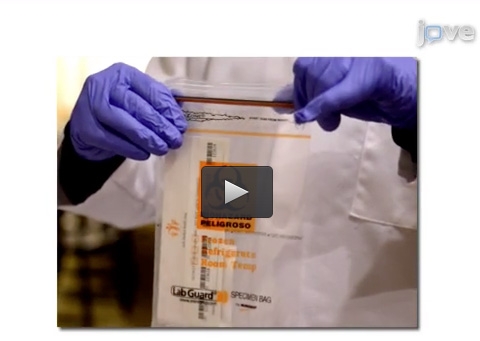Liu SY, Rovine MK, Klein LC, Almeida DM.
Synchrony of diurnal cortisol pattern in couples. Journal of Family Psychology. 2013;27 (4) :579-588.
Publisher's VersionAbstract
Cortisol is a biomarker of stress reactivity, and its diurnal pattern is an indicator of general neuroendocrine health. Despite theories conceptualizing marital dyads as dynamic systems wherein spouses are interdependent in their physiology and stress coping, little is known about the daily processes in which spouses possibly influence each other in biological stress. Nineteen heterosexual couples provided saliva samples containing cortisol 4 times a day for 4 consecutive days. We used multilevel modeling to examine whether one’s cortisol awaking response (CAR) and diurnal cortisol slope (DCS) predict those of the spouse’s on the same day and/or on the next day. We found that spouses synchronize their DCS, such that on days when one experiences faster or slower decline in diurnal cortisol than usual, the spouse also experiences faster or slower decline than usual. For CAR, positive synchrony was only observed in couples reporting high levels of marital strain and disagreement. Cross-lagged regression analysis reveals stability in diurnal cortisol pattern. A steeper cortisol slope on a particular day predicts a steeper slope on the next day within an individual, but no significant cross-lagged relation was found between spouses. Couples reporting more spousal support tend to have stronger stability in CAR. These findings provide evidence that spouses are interdependent in their diurnal cortisol patterns on a day-to-day basis, and that these daily dynamics are associated with marital relationship quality. The study contributes to our understanding of marital processes and biobehavioral health. It also contributes methodologically to the advancement of longitudinal dyadic analysis. (PsycINFO Database Record (c) 2013 APA, all rights reserved)

